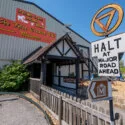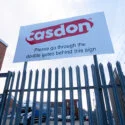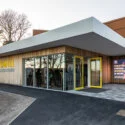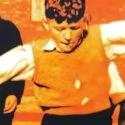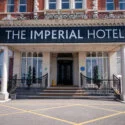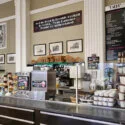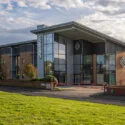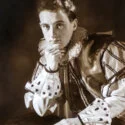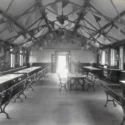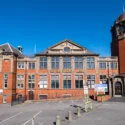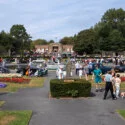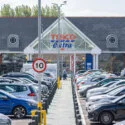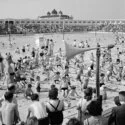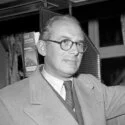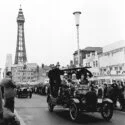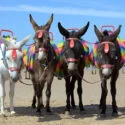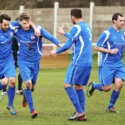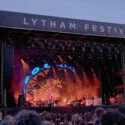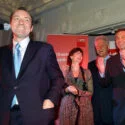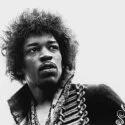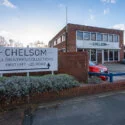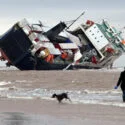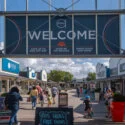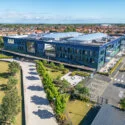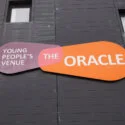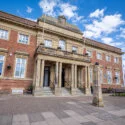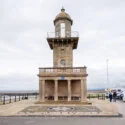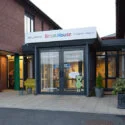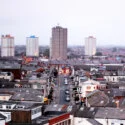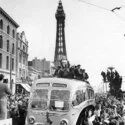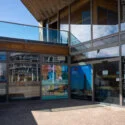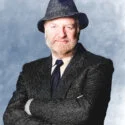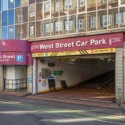H. V. Burlingham was a British coachbuilding business based in Blackpool, from 1928 until 1960, when they were taken over by London-based rivals Duple Motor Bodies. Duple initially renamed Burlingham as Duple (Northern) but in 1969 they closed their Hendon factory and concentrated production in Blackpool. Duple coach bodies were built in the former Burlingham premises until Duple itself was liquidated in 1989. The Blackpool site was best known for producing the ‘Seagull’ bodies in the 1950s.
Towards the end of 1961 Bedford introduced the VAS chassis and Duple produced a completely new design – the Bella Vista – for it. That year the maximum permitted length for coaches was increased to 36 ft and the maximum width to 8 ft 2½ ins, and Duple (Northern) designed and produced the Continental, with seats for up to 51 passengers. At the same time the Super Vega was replaced by the Bella Vega, using similar styling to the Bella Vista, and when Bedford announced the six-wheeled VAL in 1962, Duple introduced the Vega Major. For 1964, Duple introduced the Commander, initially built at Hendon but switched to Blackpool later, and in 1966 the Viceroy range replaced the Bella series on most Bedford or Ford chassis. From 1968 Duple coach production was concentrated at Blackpool, and the company was renamed Duple Coachbuilders Limited. The Hendon factory finally closed in 1970. The Willowbrook subsidiary continued in business under its own name until it was sold in 1971.
At the 1972 Commercial Motor Show, Duple introduced a new range of bodies called the Dominant, which were similar in appearance to the Plaxton Panorama Elite, already in production since 1968. The Plaxton Supreme range was introduced in 1974, and in response Duple introduced the Dominant II in 1976 with a restyled front and rear end by Michelotti of Turin. The style was cleaner than earlier models with rectangular headlamps in an integrated grille panel and a much deeper windscreen and driver’s window. The Dominant and Supreme body styles were the ubiquitous British coach of the period, with very little competition other than small numbers from Willowbrook. The thought of importing coach bodies from abroad was only just being considered towards the end of the decade.
The Transport Act 1980 saw the introduction of deregulation of coach services over 30 miles in length. A growing trend towards heavier-duty chassis that had been found more reliable for the high mileage and fast speeds of the motorway, caused the market for light coach chassis from Bedford and Ford to collapse in 1981. Duple’s output fell from 1,000 bodies in 1976, to 800 in 1980 and to just over 500 in 1981, which resulted in a reduction in the workforce. In 1980, the Dominant range was extended with the Dominant III and IV, with similar front ends to the Dominant II, but with reduced brightwork and bumpers. The Dominant III had high-set forward-angled trapezoid windows with thick pillars. Features of all four versions could be mixed and matched. In 1981, the Goldliner was introduced. This was similar to the Dominant, but with a higher floor to allow increased luggage accommodation and improved passenger sightseeing. The initial Goldliner styling featured a stepped roof behind the entrance door and was available in Goldliner II, III and IV designations, similar to those of the Dominant. In 1982, the Super Goldliner was introduced for a fleet of twelve rear-engined Dennis Falcon V coaches developed in conjunction with Dennis and the National Bus Company for high-speed Rapide service. The project was conceived and developed in a very short time, allowing inadequate development, and the resultant vehicles developed a reputation for poor reliability. The Super Goldliner styling, including a continuous flat roof in place of the stepped roof, was mixed and matched on subsequent Goldliner vehicles.
Imports of foreign makes, such as Neoplan, Bova, Van Hool and Jonckheere, began to make inroads into the UK market. To compete with them, two new body designs, the Laser and the Caribbean, were introduced in 1982. The Laser was a normal-floor body that resembled the Dominant, but with a rounder front and body-coloured front grille. The Caribbean was a high-floor design with a very square appearance. The Calypso was added in 1983 and was a low-floor version of the Caribbean on a Bova underframe. These new designs did little to halt the slide in production and in 1983, Duple output was just 340 bodies.
In June 1983, Duple was sold to the Hestair Group, which had already acquired the long established business of Dennis Brothers of Guildford. Duple was renamed Hestair Duple and the Laser and Caribbean were given a facelift to try to improve their popularity. In 1985, a new coach model, known as the 300-series, was introduced. A bus version of the 300 was introduced in 1987, replacing the successful Dominant bus that had continued in production after the coach version had been replaced. A new integral coach of exciting design, with Dennis running units, was added soon after. Known as the Duple 425 (its coefficient of drag), it was greeted with enthusiasm, but the close tie-in with Dennis as chassis maker made dealers of other chassis manufacturers reluctant to use Duple coachwork. The business continued to struggle, but the deregulation of bus services, in 1986, caused uncertainty amongst bus operators and, as a result, little investment in new vehicles was made. By 1988, Duple’s output was just 250 bodies. However, at the October 1988 Motor Show, Dennis introduced the Dennis Dart, a midibus chassis that would go on to be one of Britain’s most successful buses. Duple displayed a bus body for the chassis, the Dartline, that was based on the 300-series but with a distinctive front design, featuring a stepped windscreen and curved lower panel.
In November 1988, Hestair announced that they were selling the Dennis and Duple businesses to a management buyout team, operating under the name Trinity Holdings. The company was renamed Duple International. With declining coach sales, attempts were made to increase the sale of the bus bodywork, including plans for a design for the Scania N113. However, in July 1989, the decision was made to close down the Duple operation. The jigs for the Duple 300-series and the Duple 425 integral were sold to domestic rival Plaxton. Plaxton also bought Duple Services Ltd., the spares and repair business. The Duple body designs for the Dartline were sold to Carlyle Works of Birmingham. Thus ended 70 years of Duple Motor Bodies Limited.
The image below shows how a bus chassis would be delivered to Blackpool for Duple to complete.
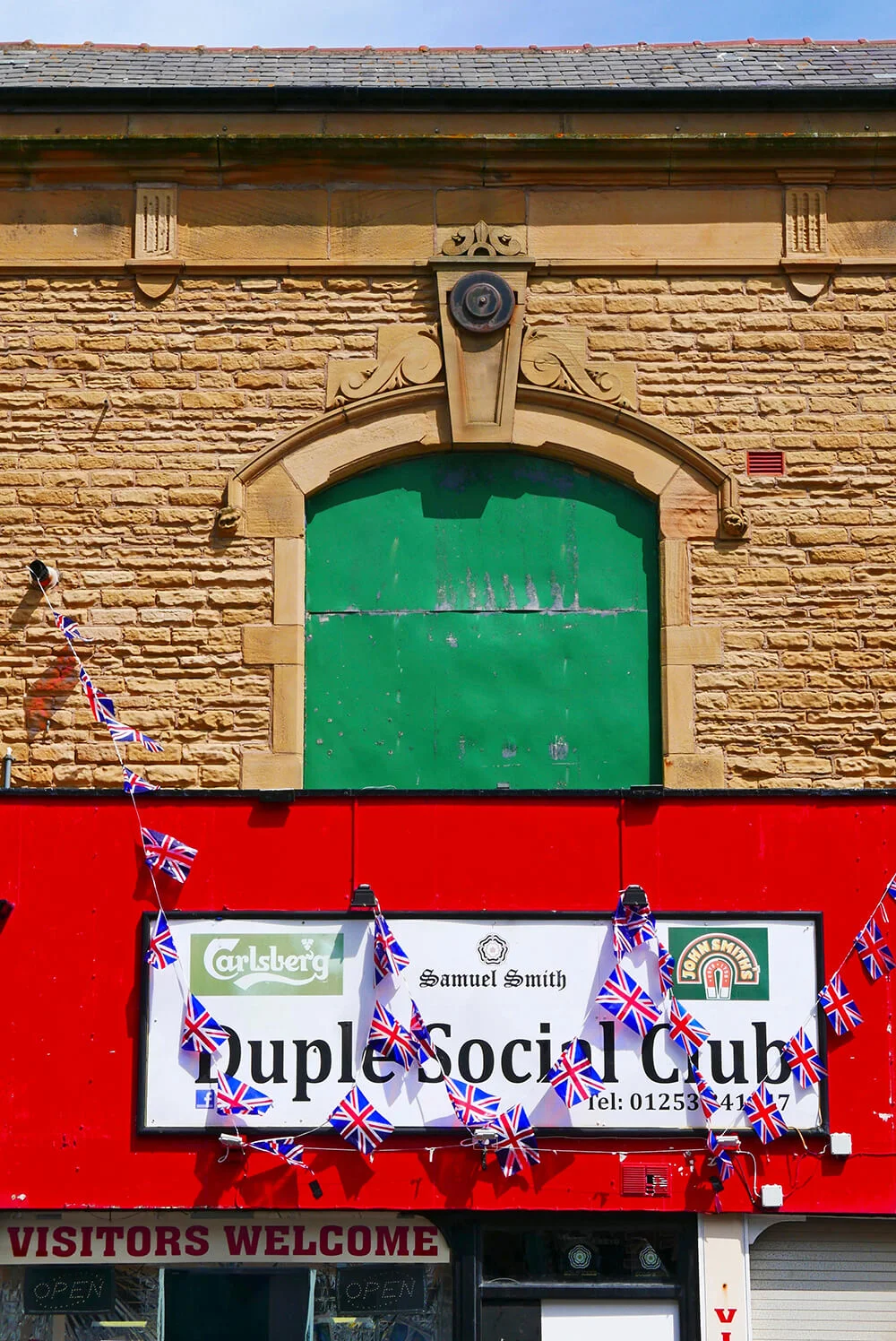
Duple Social Club, 96a Bond Street, Blackpool, FY4 1EX, 8 July 2017. It was closed on January 2019. As of January 2021, the plans were to convert the property to flats.
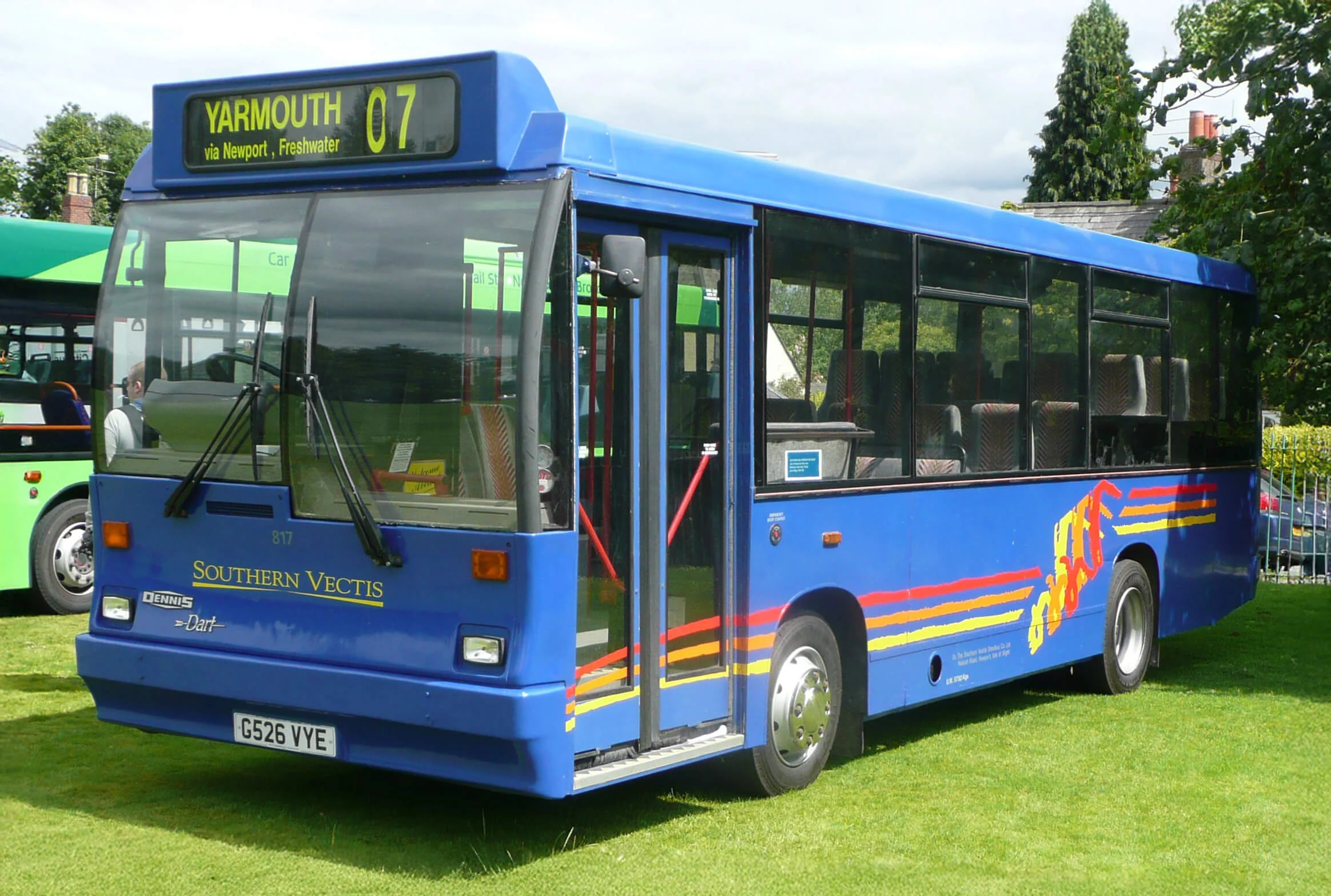
Preserved Southern Vectis 817 (G526 VYE), a Dennis Dart/Duple Dartline, at the 2008 Alton bus rally in Anstey Park. This bus was bought by Southern Vectis from London United. The bus left Southern Vectis in 2006, and is now preserved privately. Preserved Southern Vectis Duple Dartline bodied Dennis Dart in July 2008.
The Dartline was unveiled by Duple at the 1988 British International Motor Show in Birmingham, along with the Dennis Dart chassis. Initially offered in just one length, 9 metres, its most distinctive feature was its curved, asymmetric windscreen covering the destination sign with an arched top.
Four pre-production vehicles were built at Duple’s Blackpool factory in 1989, and were used as demonstrators. Of these, three were 9 metres long, while the fourth was for London Buses Limited and measured 8.5 metres. Production commenced at the end of 1989, with 27 8.5-metre versions for the London United subsidiary of London Buses Limited, and 34 9-metre versions. Of the latter, 14 were for another London bus operator, R&I Tours, while five were for Southampton Citybus, three were for Great Yarmouth Transport, another three were for Rossendale Transport, and two were demonstrators for Hong Kong (and were eventually purchased by Kowloon Motor Bus).
With the closure of Duple, the Dartline design rights were sold to Carlyle Works, and many of these 61 buses were completed by the Birmingham manufacturer and badged accordingly, although they retained their Duple body numbers.
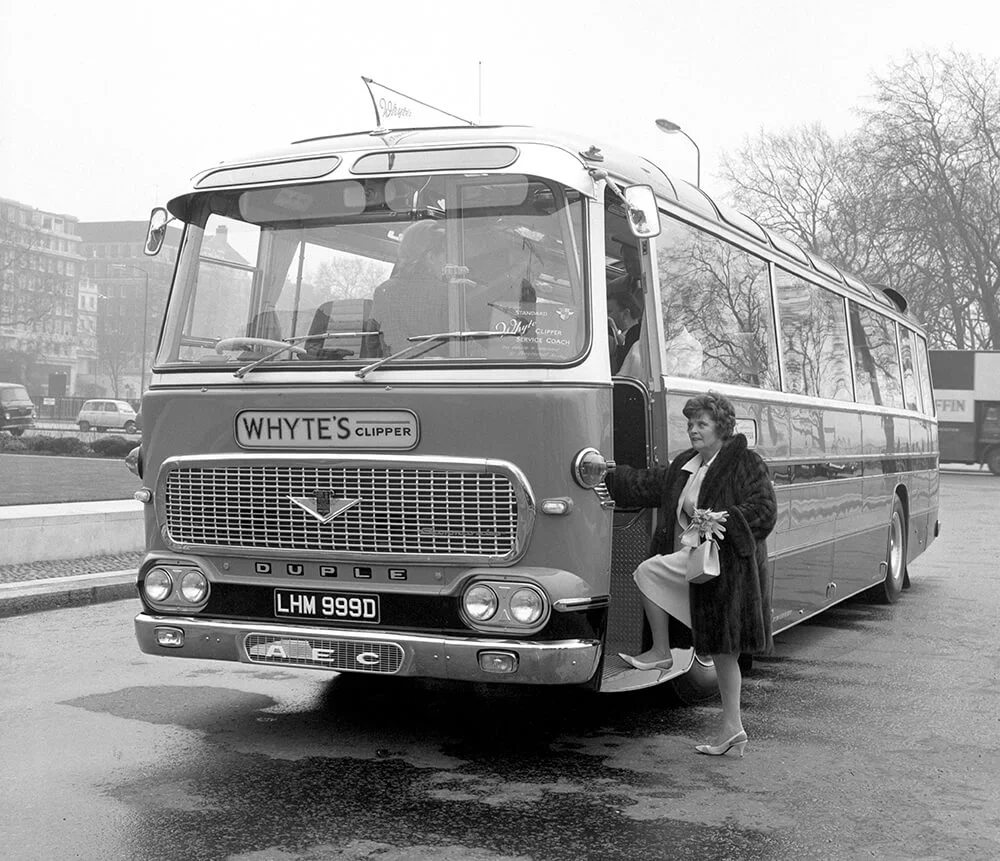
This image shows a trial run in London of Duple’s latest coach on 5 April 1966. It was described as ‘the world’s most advanced luxury coach’ and contained a dining bar, cocktail lounge, library, and toilet facilities. As well as table lamps and radio telephone equipment, there was also a hostess on duty to take shorthand and type for businessmen. Built by the Duple Group at Blackpool, it was handed over to the owners, Whytes of Edgware, in London.

